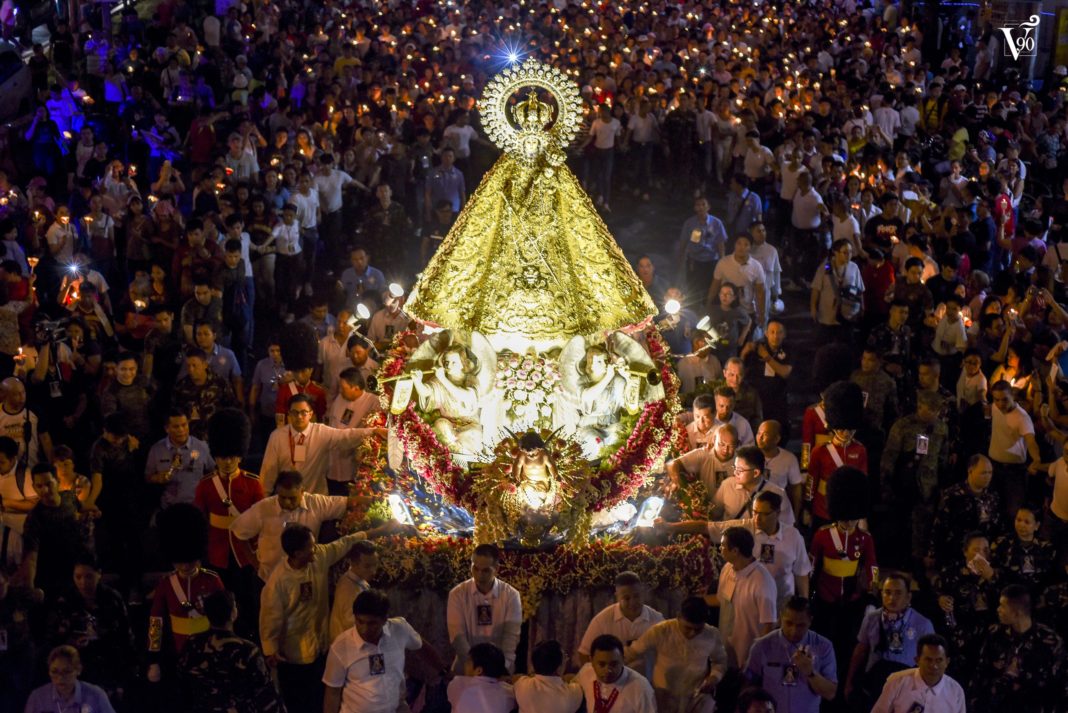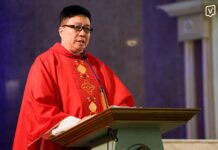FILIPINOS have long dedicated the month of May for festivities honoring the Blessed Mother.
“Flores de Mayo or “Flowers of May” is the tradition of offering flowers to the Virgin Mary. This religious practice is one of the legacies of Spaniards to Filipino culture.
“When they came here, they tried to inculcate to the children the devotion to the Blessed Mother,” Fr. Roland Mactal, O. P., a Marian expert, explained.
The annual festivity involves children and young women dressed in white, walking along the aisle of the church leading to an image of Blessed Mother, to which they offer flowers.
“It is a kind of reminder for all the lay faithful that our devotion to the Blessed Mother should start at a very young age so that they will be properly catechized on our faith. [I]t helps the new generation to appreciate all these pious exercises and devotion,” he said.
Mactal said Flores de Mayo encourages children to go to church and pray to the Blessed Mother, through the Holy Rosary.
“[T]hey have forgotten these basic traditions of our faith and it is a good thing that you start with the small children so that when they grow up, they will continue the faith that has been handed down to us by our forefathers,” he said.
Flores de Mayo has a spiritual symbolism in the Catholic faith, as it is celebrated during the time when flowers are in full bloom.
“The month of May is still the month of Easter time [a]nd we must consider our devotion to the Blessed Mother within the context of the Paschal Mystery which is our Lord Jesus Christ. [T]he center of all our devotion to the Blessed Mother should end to Jesus,” Mactal said.
Another tradition is the Santacruzan, a procession depicting Constantine and St. Helena’s pursuit to find the cross on which Jesus Christ was crucified.
However, Mactal lamented how commercialism and politics have invaded the annual tradition. “That [s]hould be corrected,” he said.
The first Flores de Mayo celebration was held at Bulakan, Bulacan in 1865 when Fr. Mariano Sevilla wrote the “Dalit kay Maria.”
The month-long activity became more popular with the release of his book, “Mariquit na Bulaclac na sa Pagninilay sa Buong Buan nang Mayo ay Inihahandog nang Manga Devoto cay Maria Santisima.” Malic U. Cotongan













